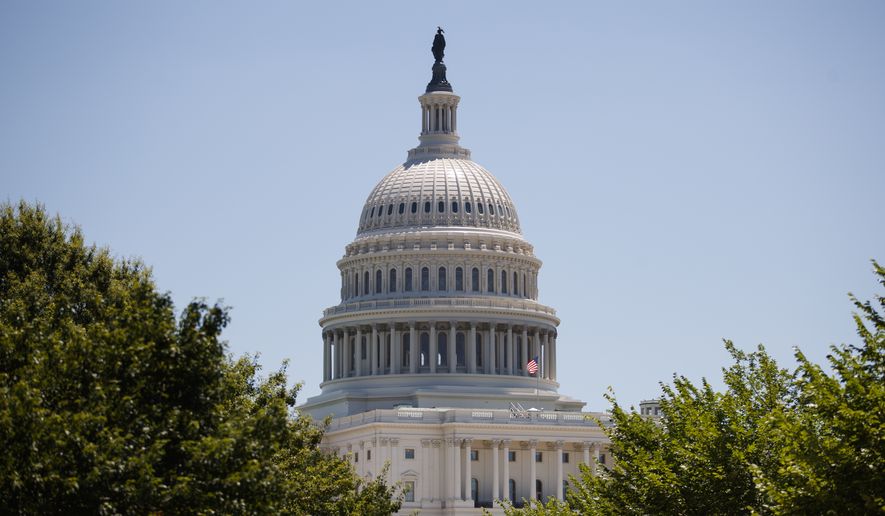The government has opened up the spending spigot over the last year to deal with the coronavirus crisis — but the Congressional Budget Office says unless something changes, Uncle Sam’s freewheeling ways will last long after the pandemic is over.
In a new long-term budget report Thursday, the analysts at the government’s official scorekeeper said that by the middle of this century federal spending each year will top 30% of gross domestic product, a rate the U.S. has touched before, but never sustained.
Taxes won’t keep pace, however, and 41 cents out of every dollar spent will be borrowed in 2050, according to CBO figures.
Debt will also be deep into unprecedented territory, reaching more than twice the size of GDP, unless something changes. By 2051, the end of CBO’s 30-year budget window, debt held by the public will be more than twice the size of GDP. In 2051 alone, the government will add $10 trillion in debt.
Those persistent levels of debt bring “significant risks” to the country, CBO said.
“It would increase the risk of a fiscal crisis — that is, a situation in which investors lose confidence in the U.S. government’s ability to service and repay its debt, causing interest rates to increase abruptly, inflation to spiral upward, or other disruptions,” the agency said.
Even if that spiral doesn’t materialize, “less abrupt, but still significant” economic shocks are possible, such as displacing the dollar as an international reserve currency, which would leave the government and private investors struggling to finance their activities.
The numbers, part of CBO’s annual long-term budget outlook, weren’t unexpected, but that didn’t make them any less stunning, coming as Congress ponders another massive spending bill to deal with the pandemic.
Grim reminders of the challenges permeated the 58-page report.
Interest costs on the debt, which account for 1.4% of GDP right now, will be 8.6% of GDP by the middle of the century. That means about one out of every 12 dollars in the U.S. economy will be government payments on the debt.
Debt will total 202% of GDP in 2051, which is by far the largest rate the government has run. With GDP projected to be $66 trillion that year, that means the government’s total tab would be $133 trillion.
Currently, GDP is $22 trillion, and debt is projected to be just above that level this year. That means the government will add more than $100 trillion in new debt over the next 30 years.
CBO projects a lasting birth dearth, with 130,000 fewer births each year this decade, and 160,000 fewer births each year in the following two decades. That means hundreds of thousands of fewer workers in the labor force to support an aging population.
Annual deaths will exceed annual births in 2044, CBO projected, saying the country at that point will rely exclusively on immigration for population growth.
Instead, the country will come to rely even more on immigration to supply new bodies, CBO said.




Please read our comment policy before commenting.